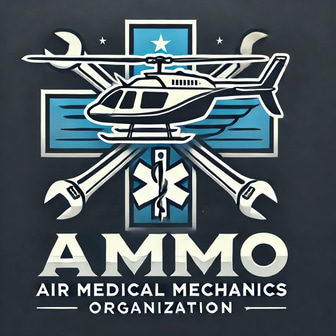Disclaimer: The information provided is for general informational and educational purposes only. Nothing contained herein shall be construed as guidance for, or a basis of, compliance of any regulatory or certification standards. This information must not be used as the sole basis for the certification, inspection, repair, modification, or return to service of any aircraft, product, or component. Users are responsible for consulting appropriate, approved technical data, regulatory authorities, before performing any maintenance, modification, or return-to-service actions.
Flight Operational Quality Assurance (FOQA) Guidelines
FOQA Implementation and Data Collection
AC 120-82 – Provides guidance on implementing FOQA programs for air carriers. It outlines the benefits of proactive flight data monitoring and describes how FOQA enhances operational efficiency while reducing risks.
8000.81 CHG 1 – Establishes requirements for FAA oversight and enforcement of FOQA programs. It highlights compliance expectations, data protection measures, and how FOQA data should be used to enhance safety without punitive actions against pilots.
FOQA and Maintenance Safety Integration
AC 43-218 – Focuses on how FOQA data can be integrated with aircraft maintenance programs. This circular provides insights into using flight data to predict maintenance issues, reduce mechanical failures, and ensure regulatory compliance.
FOQA in Risk Management and Flight Safety
AC 120-79A CHG 1 – Details best practices for flight risk management using FOQA data. It provides techniques for trend analysis, pilot training improvements, and addressing safety concerns proactively.
AC 120-90 – Establishes FAA expectations for voluntary safety reporting programs, including FOQA, Aviation Safety Action Programs (ASAP), and Safety Management Systems (SMS). It encourages a non-punitive reporting culture that fosters operational improvements.
© 2024. All rights reserved.
Disclaimer: The information provided by the Air Medical Mechanics Organization (AMMO) is for general informational and educational purposes only. It has not been reviewed, approved, or accepted by the Federal Aviation Administration (FAA), any Organization Designation Authorization (ODA) holder, Type Certificate (TC) holder, Supplemental Type Certificate (STC) holder, or any aircraft or component manufacturer.
Nothing contained herein shall be construed as guidance for, or a basis of, compliance with FAA regulations, manufacturer-approved data, type certificate or supplemental type certificate requirements, or any other regulatory or certification standards. This information must not be used as the sole basis for the certification, inspection, repair, modification, or return to service of any aircraft, product, or component.
Users are responsible for consulting appropriate, approved technical data, regulatory authorities, and manufacturer guidelines before performing any maintenance, modification, or return-to-service actions. AMMO assumes no liability for the use or misuse of any information provided
